For just over 100 years, Marischal Museum was home to Egyptian mummies and other anthropological artefacts that brought ancient civilisations to the centre of Aberdeen.
While many Aberdonians will remember the famous mummies, other curios included shrunken heads, Chinese war drums, tattooed Maori heads and an 300-year-old Inuit canoe found in the River Don.
Stepping into Marischal Museum was stepping back into the ancient histories of Greece, the Middle East – and the mysterious depths of the ocean.
The museum in Marischal College, with its cache of collectables, opened in 1907.
The man behind Marischal Museum, and how it came to be
An anthropological museum in Aberdeen was first proposed by Sir William McGregor in 1899.
An illustrious former graduate of the University of Aberdeen, McGregor came from humble beginnings as a crofter’s son in Towie, but went on to be the Governor of Queensland in Australia.
He was educated at a local manse, and went on to study at Aberdeen Grammar School after village schoolmaster and doctor realised his potential.
From there McGregor enrolled at the University of Aberdeen to study medicine, in a career that took him to the Seychelles, Fiji and beyond.
Throughout his travels he collected, or was given items, and the Press and Journal reported how in 1899 he “had gifted a number of specimens” to establish a museum.
It was another few years before the museum was opened to the public, displaying priceless pieces gifted or loaned by staff, graduates and friends of the university.
The Marischal Museum mummies – where did they come from?
The mummies in Marischal College were acquired by wealthy Aberdeen man Sir Charles Forbes who travelled to Egypt and India.
When he returned to Scotland in 1811, he brought the mummy of Ta-Kheru and her two coffins with him and donated them to the university museum.
Ta-Kheru was born around 750BC, the daughter of an aristocrat in the city Thebes, Egypt.
When she died in old age, she was mummified and placed in a tomb where she remained for 2500 years.
In the two centuries since arriving in Aberdeen, Ta-Kheru has been part of touring exhibitions around the world, but will be remembered by generations of Aberdeen schoolchildren.
A hidden gem in Aberdeen, the museum was popular with school groups until it closed to the public in 2008.
The space at Marischal College now operates as a collection centre with a conservation laboratory and stores, but a full record of the objects is available online.
Gallery: Marischal Museum over the years
If you enjoyed this, you might like:


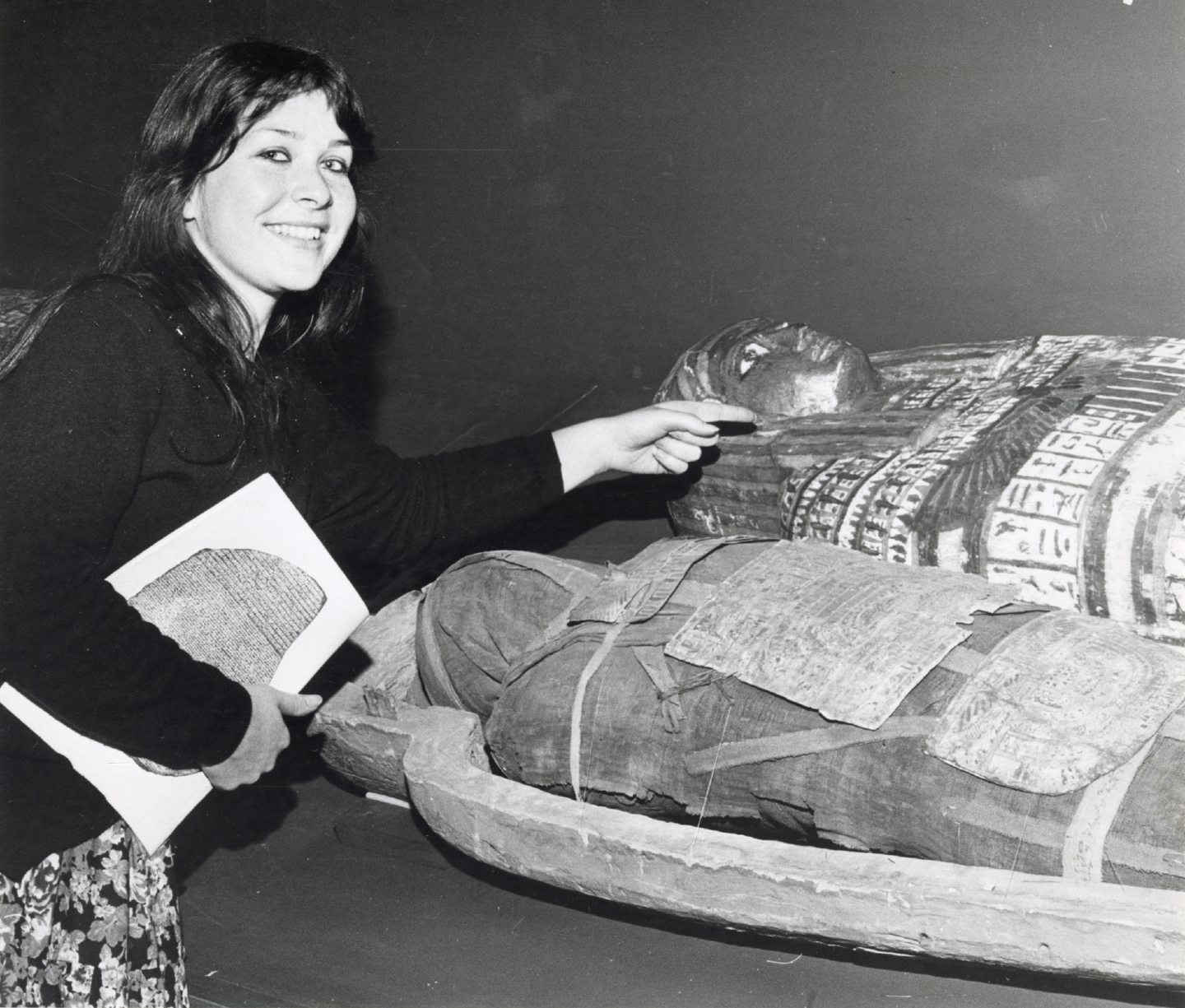

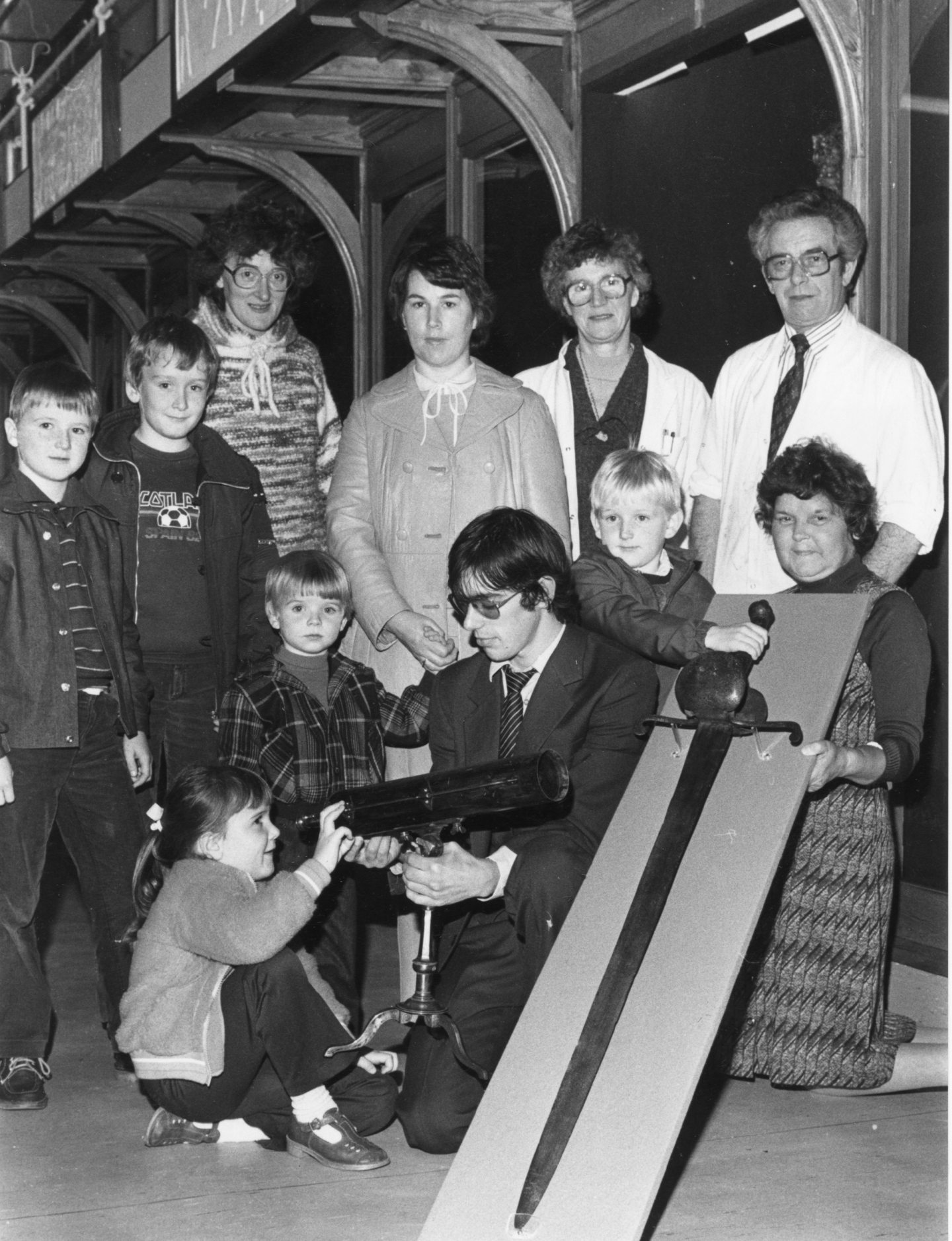
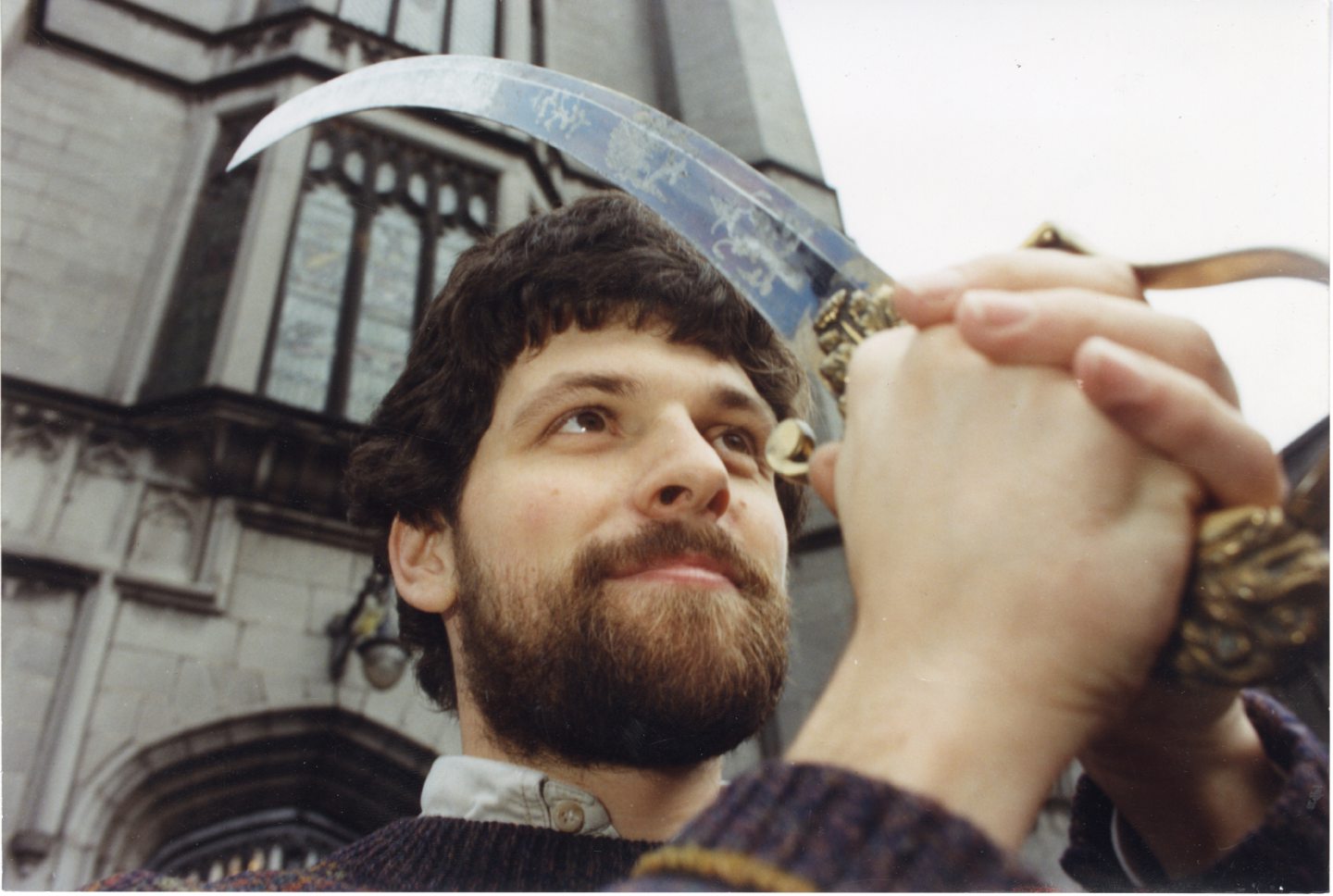

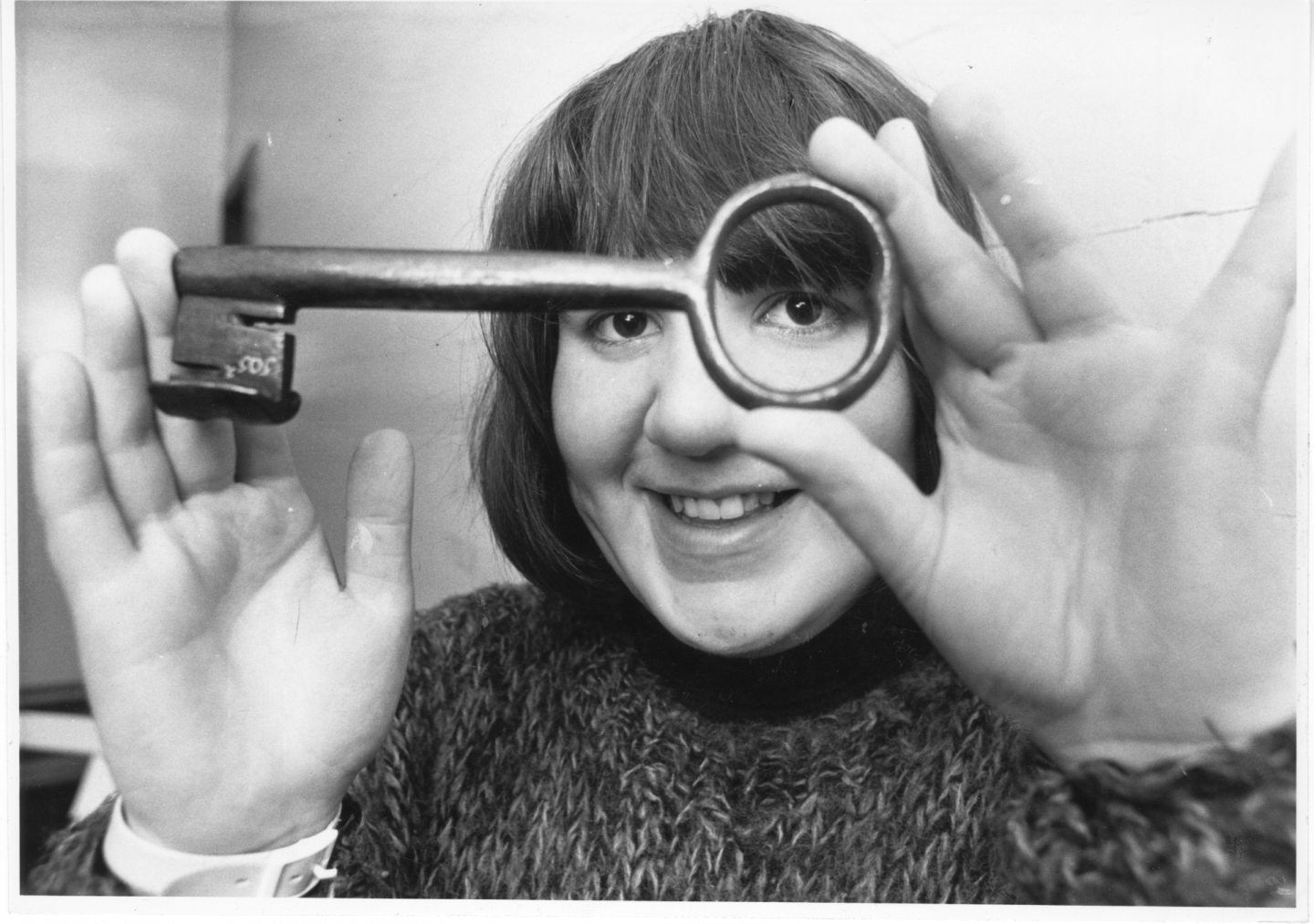
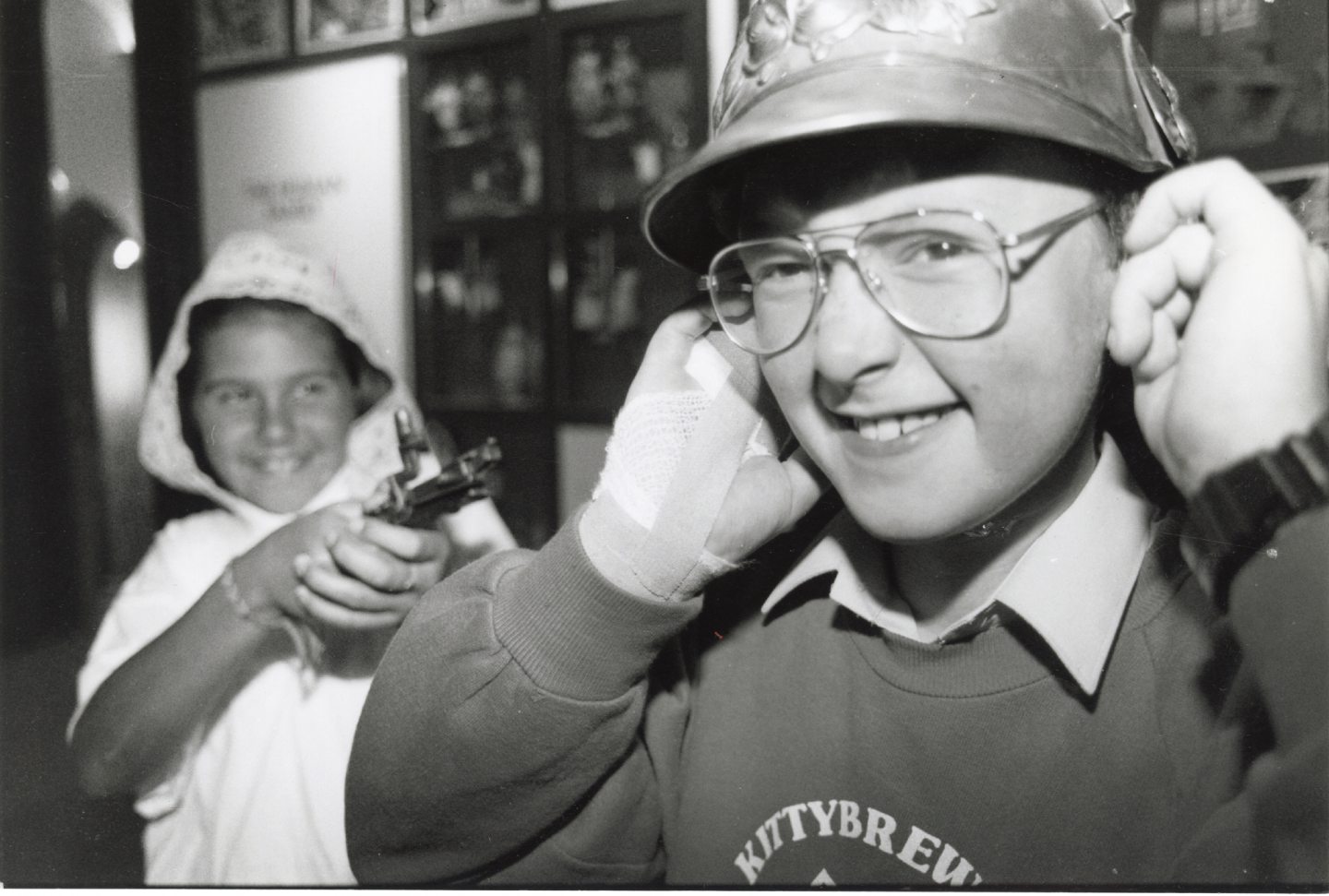

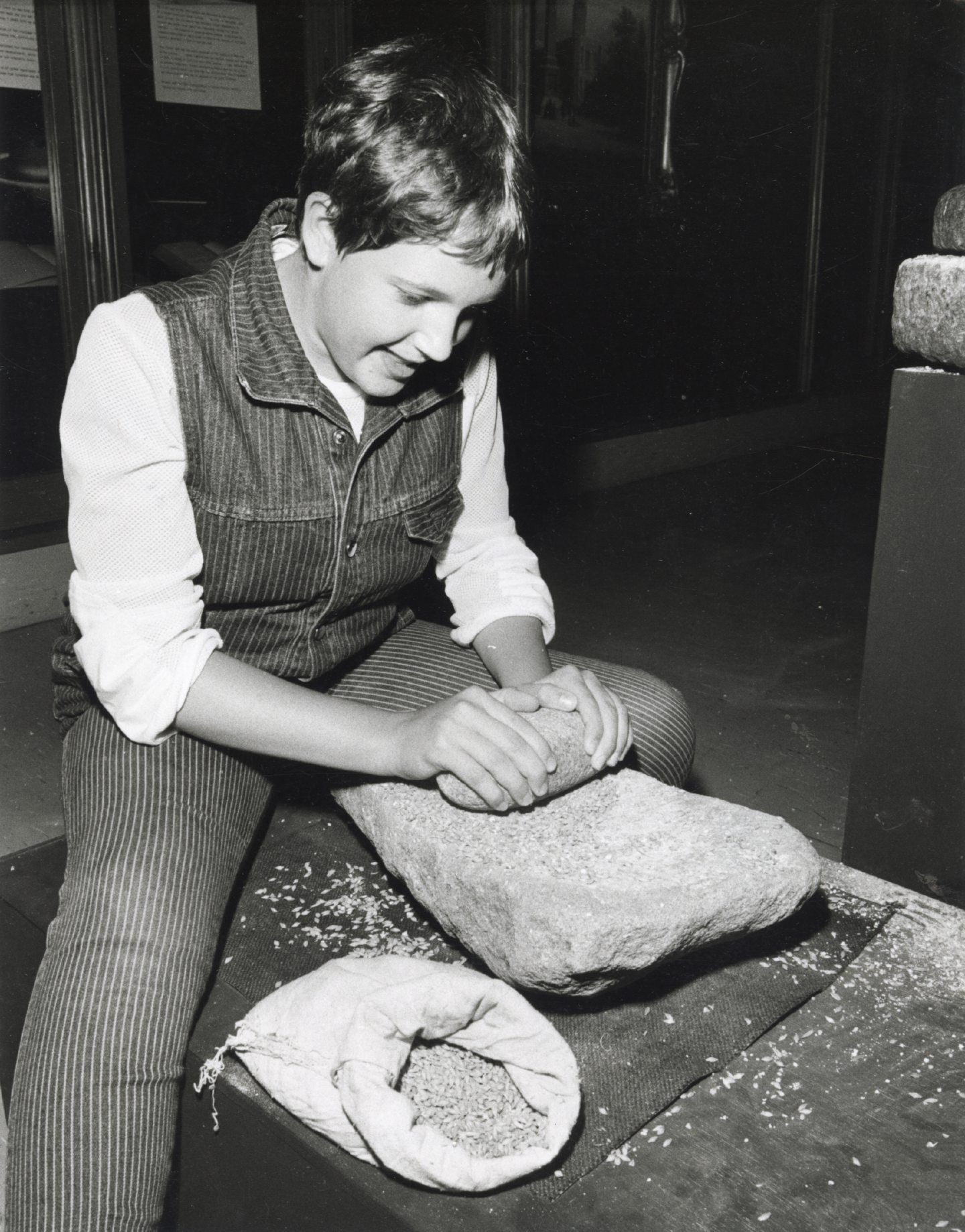
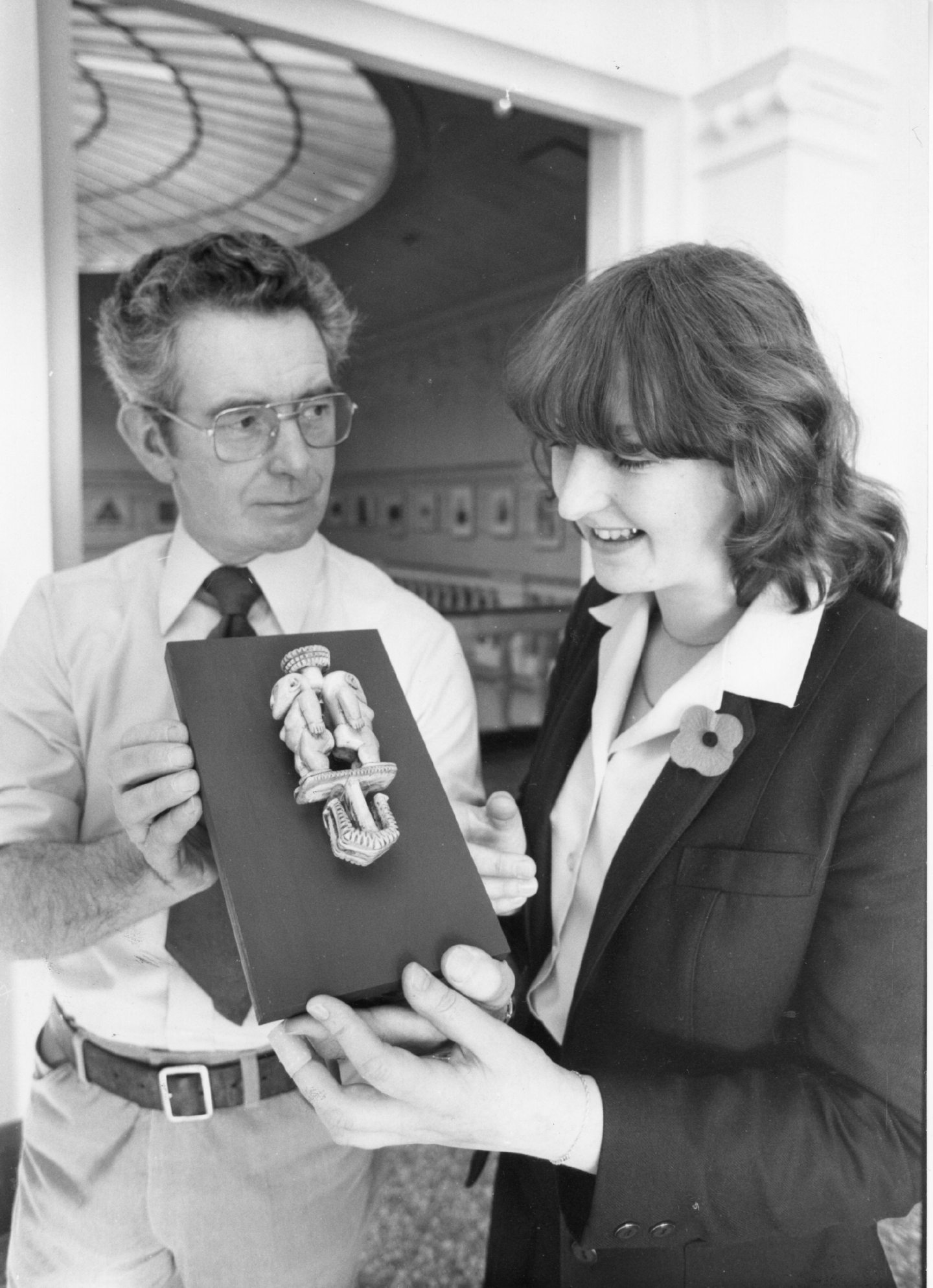


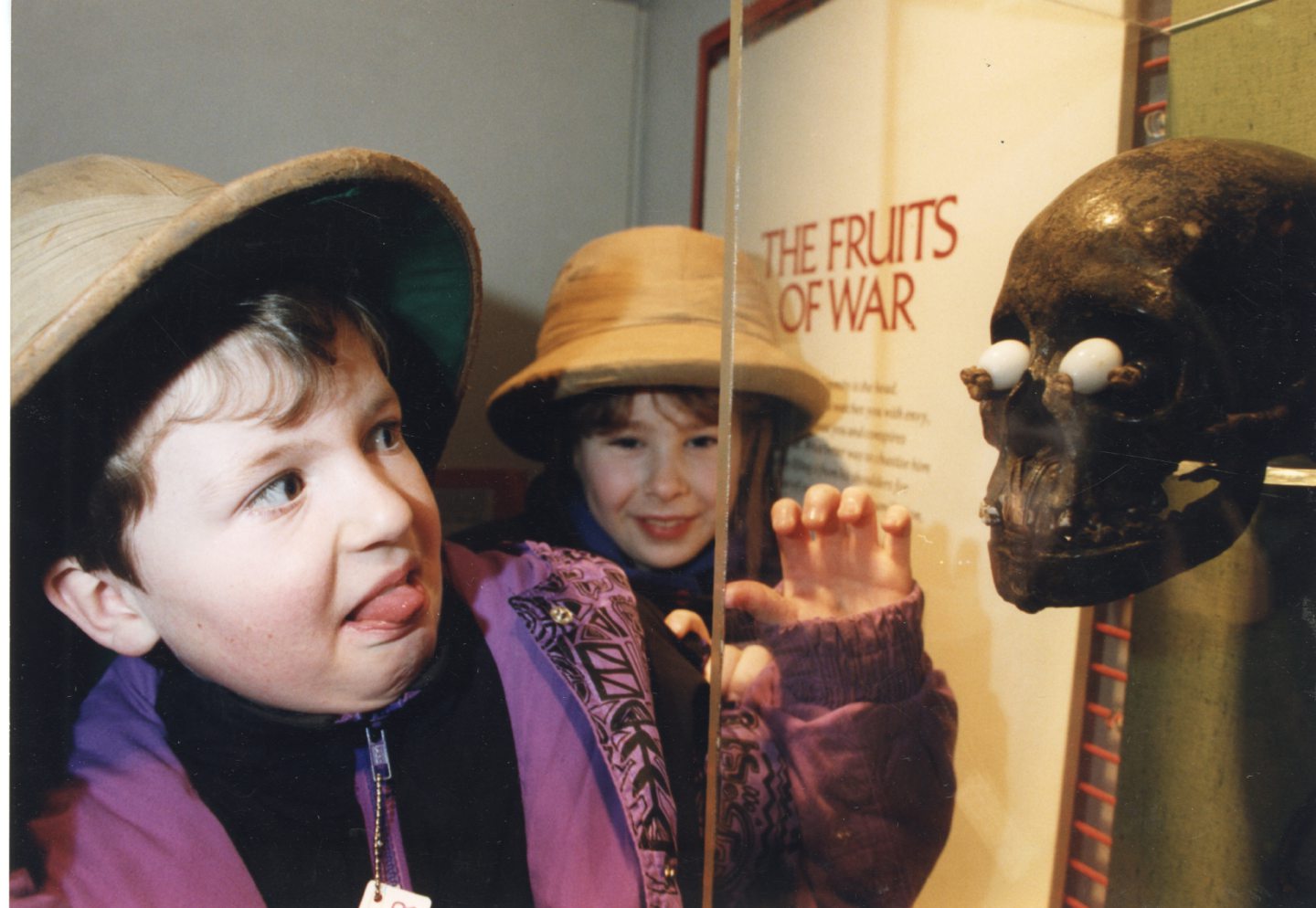

Conversation